When Jennifer Kent’s The Babadook first arrived on screens a few years ago, it felt like the arrival of a bold new voice and one that was going to be very hard to ignore. It’s not uncommon for an indie horror/genre film from a foreign country to break through the crop of blockbusters and carve out a name for itself (see Goodnight Mommy, Let the Right One In, and, on a much grander scale, Parasite) but it’s very rare for a movie like that to become such an embedded part of cultural consciousness. Even if you haven’t seen the movie, you’ve heard of The Babadook and know what it is. From its status as a LQBTQ icon to its complete dominance over memes and gifs for a few years, Kent’s first feature became iconic overnight. The question then developed into what was she going to do for a follow up? She was reportedly offered over a dozen studio projects, including a few Marvel movies, but turned them all down. Instead, she decided to make a brutal and uncompromising ‘rape and revenge’ movie set in Tasmania during the early 1800’s. It is called The Nightingale and it came out a few months ago. Nobody went to see it. Critics mostly ignored it or reviled it. And the few critics who did champion it did so very quietly. To a certain extent, this is understandable. The Nightingale is not an easy movie to like or even to sit through. It’s overflowing with rage and feels like a savage howl at the sky. But it’s also one of the most powerful, moving films of 2019 and we all should have given it more attention.
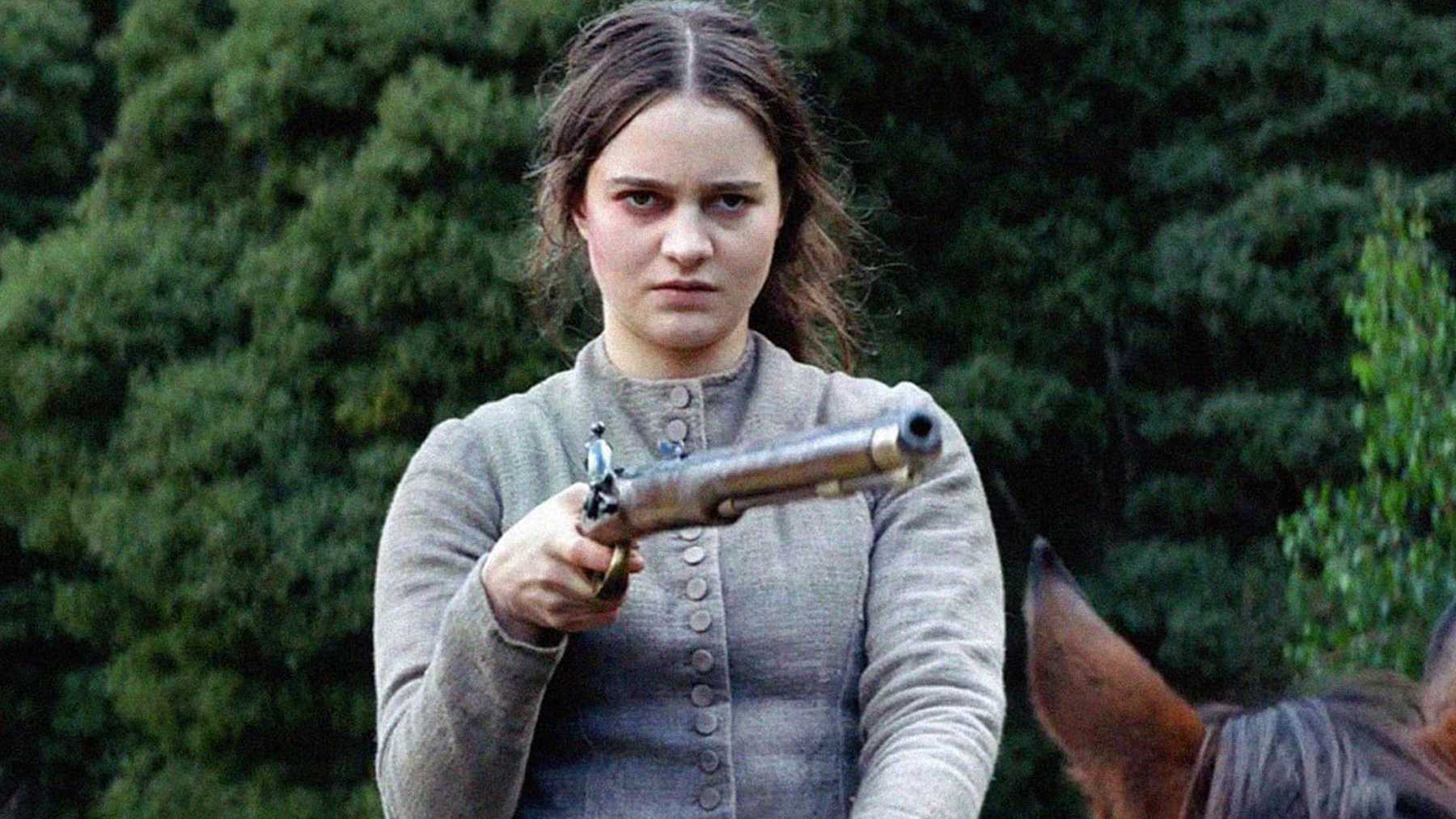
It’s easy to see why the movie didn’t even come close to getting half the amount of attention that The Babadook did. Horror fans are often a narrow-minded bunch and if their new favorite writer/director isn’t making a straight up horror film next, they’re more than likely to give it a pass. Then there were all the reports of walkouts and boos when the film premiered at the Sydney film festival. Kent was surprisingly understanding about the reaction, saying that people have “every right” to walk out and that she understood why so many of the film’s scenes were considered too upsetting to watch. Here’s the thing though: Scenes or movies that are too ‘disturbing’ to watch are often so because they treat violence or rape as something to be exploited, gawked at, or, in the worst cases, as something titillating. Take the way Game of Thrones frequently used rape as shorthand for character development. Or the way Lars Von Trier used brutal violence as nothing more than pure provocation in The House that Jack Built. Or the way most kill scenes in horror films are set up as a joke, with people’s guts spilling out as the punch line. These things are difficult to watch, sure, and an argument could be made that they sometimes have artistic merit. However, what’s even more difficult to watch is a movie that dives headfirst into all the implications, emotions, and consequences that come from situations like the ones presented in The Nightingale. This film doesn’t remove itself from any of its grim subjects. Instead, it actually deals with them and engages with them in a way that is probably ‘too real’ for a lot of viewers. Full spoilers for the film are going to follow. This is not a movie one should tip toe around.
The Nightingale begins in Austrailia in the early 1800’s, when Tasmania was struggling as a British Penal Colony known as Van Diemen’s Land. We meet Claire (Aisling Franciossi), an Irish convict who works as an indentured servant for Lieutenant Hawkins (Sam Claflin). She is married with a young child. Hawkins has promised to give her freedom but keeps dangling it in front of her like a cat toying with a mouse. She has a beautiful singing voice, which earns her the titular nickname, and frequently performs for visiting army men. One night after a performance, Hawkins takes her into a room, berates her for asking about her freedom, scolds her for not being grateful to him, and rapes her. The next day, Hawkins is passed over for a promotion. He visits her cottage with two of his underlings. All three torment she and her husband, using mind games and status to display their power. After her husband tries to fight back, they kill him. As the baby wails, one of the men crushes its head against a wall. Then they rape Claire again. And again. She is left for dead.
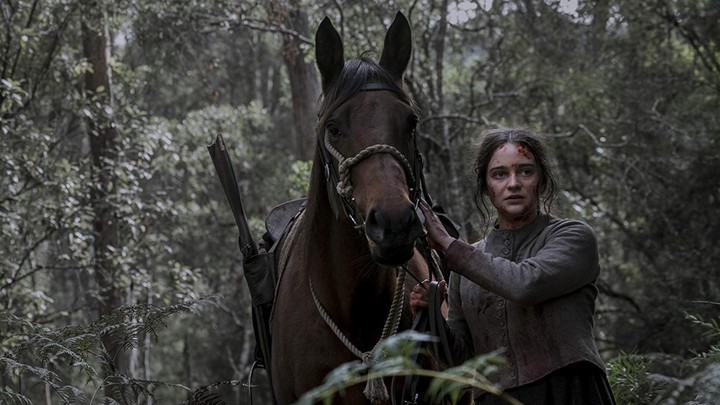
This all occurs within the movie’s first thirty minutes. And yes, it is A LOT. It is more than understandable that people walked out. These scenes are disturbing on a deeply profound level and to call them ‘triggering’ barely even does justice to the term. Part of the reason they are so disturbing is because of Kent’s perspective. I couldn’t help but recall one of the more dreadful moments in Game of Thrones when Ramsay rapes Sansa and the camera focuses on Theon’s reaction to it. Such a move serves two purposes: 1. It softens the blow by removing the audience from the visceral intensity of such a violent act and 2. It reveals that the creators do not actually want to follow through on what such an act would mean for Sansa. It’s about how the sympathetic and flawed man reacts to it, not about how the victim reacts to it. Kent wisely keeps her focus on Claire the entire time, highlighting her pain and violation in a way that almost makes the audience feel as if it is happening to them. You can practically feel Kent’s rage radiating off the screen. I wonder how many rape scenes she has watched that put the perspective on the attacker or observer rather than the victim. She is clearly tired of and sickened by such immoral creative choices and chooses instead to demand the viewer actually reckon with these violent acts rather than distance themselves from them. It’s a lot to ask of the audience, perhaps too much, but it’s also honest about violence in a way that most pieces of art would either shy away from or avoid entirely.

Once Claire is able to move again, she sets out on a path of revenge. There is no processing, no tears, no pleas for justice; there is only righteous anger that she needs to direct at her attackers. We venture into very uncomfortable territory here because now would be the point that many viewers would no doubt critique Claire’s choices. They would say things like, “well, she should do this” or “she should do that” which I believe is dangerous to say about someone like Claire. Her reaction to the attack is entirely her reaction, not yours, not someone elses, and certainly not society’s idea of how a victim should behave. Claire can behave and react to her attack in any way she damn well pleases. We don’t get to hold the moral high ground here and tell her how she should react. All we can do is watch her actions and try to understand them from her perspective. Kent and Franciossi pulls this off beautifully. Kent trusts her performer to display all of her anger through steely glances, body language, harsh wordplay, and howls of rage. And Franciossi never flinches, never asks the audience to put their own thoughts on her. She simply charges forward without thinking twice. There’s something purifying in her anger.
This is also the section of the movie where Kent reveals that she is playing a deeper game. She could have easily made a movie about sexual power dynamics and how they sadly have not changed much in hundreds of years while tossing in undercurrents about the have’s and have not’s and the movie certainly pulls all of that off. But Claire needs a guide to lead her through the wilderness to find her attackers. She chooses an Aboriginal tracker named Billy. And we learn that Claire is an unrepentant racist. She tosses vile terms in his direction as if they are accurate descriptors and treats him as less than lower class, more like a thing she can simply command. Is this because Claire is a product of her time? Of course. But that does not prevent Kent from making this aspect of the character any less ugly. And it becomes clear that Kent is interested in different levels of power and privilege and how they can make monsters of us all. As Billy, first time actor Baykali Ganambarr has his own demons to rage against. He’s oppressed and violated just as Claire is but there’s a wide gulf between them that their culture will not allow them to cross. As they get to know each other, their dynamic softens a bit but not in a grand, melodramatic way where they wind up embracing halfway through the movie. As the narrative continues, they both simply begin to understand that they have a common enemy and would be stronger together than apart.
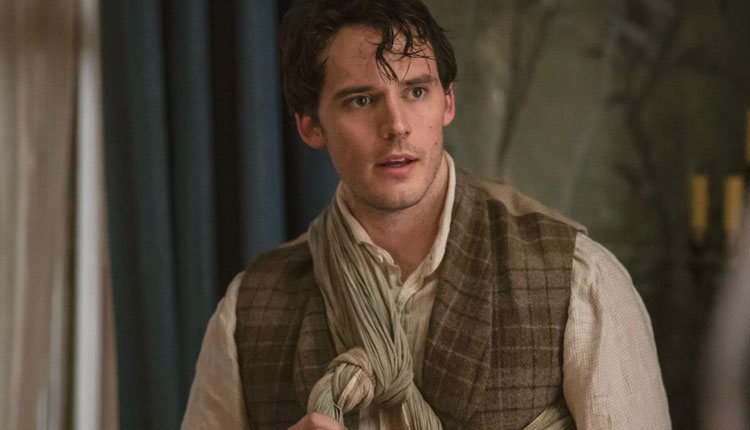
Now about those common enemies: if there were anyone on the planet happy about The Nightingale’s total lack of impact, my guess would be it’s someone from Sam Claflin’s PR team. As the completely irredeemable, vile, and terrifying Hawkins, Claflin is almost too good. In a way, there’s a level of bravery in his performance similar to Franciossi. The actor takes his good looks and weaponizes them. There’s no detachment in his characterization. He jumps into the role headfirst, allowing himself to look ugly without ever appearing ‘cool’ or ‘badass’. He’s helped greatly by Kent’s view of the character. In addition to being a vile monster, he’s a bad solider and a pathetic whimper of a man: the kind of guy who believes he deserves a promotion only because he’s ‘good enough’ for one. Titles are something owed to him, not something he ever should have to earn. He believes himself to be better than anyone and feels no need to justify his actions because those who are on the receiving end of his violence are barely even people to begin with. He’s the most biting social commentary in the film and an unforgettable villain in his own right. I, for one, will be hard pressed to ever be able to view Claflin as anything else.
His underlings, played by Damon Herriman and Harry Greenwood, are also sharp critiques of male weaknesses that are all too often celebrated as attributes. Herriman is the idiot of the three, a man so stupid he can barely clean himself but because he follows orders and defends his superiors, he gets to advance. Greenwood is a little more complicated, being the only one of the attackers with any form of a conscience. But still, he’s the one who kills the baby and he does so because he’s the personification of weakness. His boss told him to do it so he had to. And that’s that.
Greenwood is also the first attacker Claire catches up with, in a scene so harrowing it somehow manages to equal the raw power of the early violence in the film. She shoots him in the leg, disabling him, but then her rifle jams. They struggle for a bit before she is able to plunge a knife into his chest. Then she plunges it in again. And again. And again. And again. Kent shoots this action in horrifying close-up until his chest is so brutalized it barely looks human anymore. It’s not dissimilar to the way a lot of the violence in movies like Saw is shot, which makes one wonder if Kent is criticizing audience’s desire for bloodlust. But she doesn’t stop there. Greenwood lingers for a bit, murmuring and whimpering. He speaks one final word, “mother”, a pitiful, desperate plea, before Claire bashes his head to mush with the butt of her rifle. Billy stumbles on the aftermath and asks, “What did he do to you that made you do that to him?”

This scene represents the movie’s turning point. Up until here, Claire has been focused on killing her attackers and nothing else. After the horrible, disgusting violence of this sequence, she begins to lose her interest in vengeance. It’s as if she has realized that revenge is a zero sum game. The scales cannot be balanced and justice will not be served. There is only more violence and horror to create. It’s at this point that she begins to process what happened to her in a series of dreams and visions that make her call into question who is the attacker and who is the victim. Beyond that, what makes these sequences so moving is that Kent understands on a very deep level how difficult, nigh on impossible, it is for a person to process the type of violence that Claire has gone through. And this is especially true of a woman in Claire’s time. There are no trauma centers, no therapists, no police who will listen to her, no friends to back her up. All she is left with is her own thoughts and they are far from pretty. The trauma she has gone through is a part of her that she has to figure out some way to live with, no matter how forever changed that life will now be. The rest of the movie beautifully chronicles the painful process of living with and accepting violence as part of your DNA.
Kent does not offer easy solutions but instead presents the audience with two curious scenes of catharsis. Claire confronts Hawkins at his new post, in front of all of his superiors. She calls him out for his actions and his superiors appear to believe her, at least in the moment. It’s a release for her but one that also feels somewhat empty. She has said what she wanted to say and her voice has been heard but is that going to change anything? The movie does not appear to think so. After she leaves, Claflin sits right back down at his table as if nothing happened. I think what Kent is representing here is this as Claire’s first moment of self-actualization, with many more to come. It’s not a moment of finality, but one of beginning. The healing process has begun.
But then Kent undercuts the scene with a second version of traditional catharsis. Billy, enraged by the further depraved actions of the remaining soldiers, tracks them to the room they are staying at and kills them both, sort of unceremoniously. The level of violence that’s been on display for the previous screen time of the movie is lacking here. Yes, he uses a spear to kill them both and it’s certainly violent but it plays more like traditional movie violence: fast and loud. Claflin dies quickly, without much suffering at all. And then Billy and Claire flee to a beach, where they will presumably be caught and arrested by the cavalry, if not outright killed. Upon first viewing, I was puzzled by this choice on Kent’s part. It’s how a standard ‘rape and revenge’ movie is expected to end, with the villains dead and the heroes victorious, but it felt so empty. And it seemed to completely toss aside Claire’s earlier moment of power. However, I think Kent is making a larger and more affecting point with this conclusion.
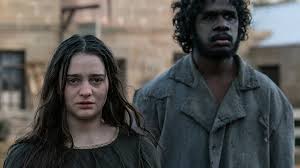
First of all, I’ve barely scratched the surface when it comes to the character of Billy. An entire post far longer than this one could be written about him. And what I think Kent is getting at is that simply because one person’s rage has subsided, that does not mean that another person’s rage has. Billy’s anger is just as righteous as Claire’s and he does not possess the ability nor does he have the privilege of processing his trauma in the same way she does. All he can do is kill. Because that’s all he knows and all he’s been taught. It’s also a pointed conclusion in the way it negates Claire’s previous moment of triumph, as if Kent is saying: you can have your moment but that doesn’t mean anything has changed and it certainly doesn’t mean that all of your work is done. The violence and trauma that Billy and Claire have gone through provides no answers, no conclusions, no helpful platitudes that will guide them on where to go next.
They stand on the beach. Billy watches the sun rise and chants a tune that brings him comfort. Claire wipes the tears from her eyes and begins to hum. They stare at the horizon, hoping it will bring some form of change or maybe burn away their pain. But we know it won’t. The Nightingale ends on a moment of ambiguity. We don’t know what the future will bring for these two people but we can assume it won’t be sunshine and roses. It may sound dispiriting but there’s something revelatory and freeing in the way Kent refuses to supply any easy answers or present any profound moments of genuine growth. Sometimes there isn’t room for any. Sometimes all you can do is trudge forward and howl at the sky.

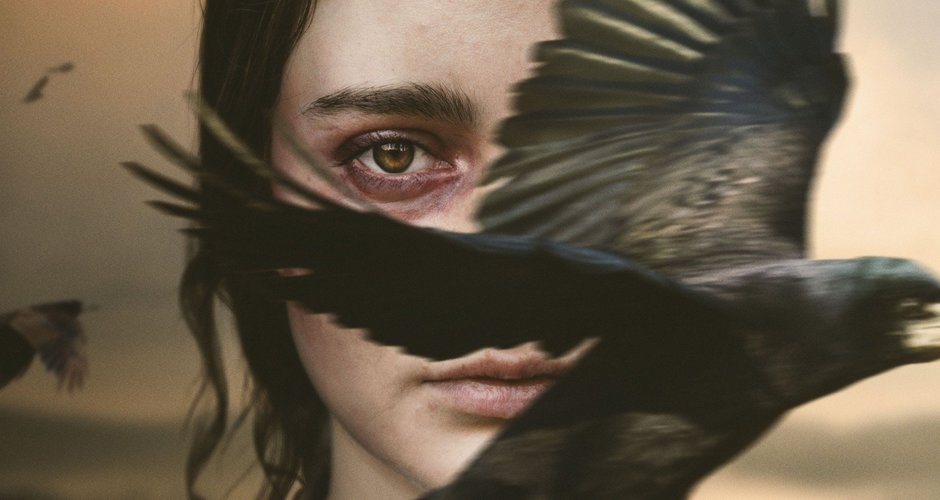
GET CHOMPED